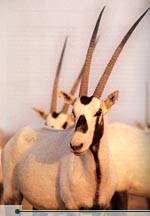
Arabian Oryx at the Shomari Reserve.
Throughout history, the land of Jordan Jordan
Fortunately, Jordanians have taken great strides in recent years toward stopping and reversing the decline of their beautiful natural heritage. Even now, the Kingdom retains a rich diversity of animal and plant life that varies between the Jordan Valley , the Mountain Heights Plateau and the Badia Desert
Anemonis in a thorny bush springtime in Jordan
Spring is the high season for Jordanian flora, and from February to May many regions are carpeted with a dazzling array of flowering plants. More than 2000 species of plants grow in Jordan
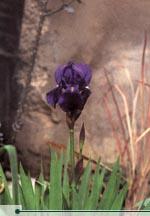
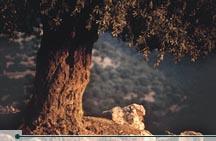
Ancient olive trees at the village of Tibneh
The highlands of Jordan Jordan Valley Jordan Jordan
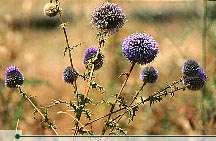
Flowers.
Contrary to popular conceptions, deserts are often teaming with life. Many small shrub plants thrive in the Badia, where they are often grazed by the goats of local Bedouin tribes. Several species of acacia trees can be found in the deserts, as well as a variety of sturdy wild flowers and grasses which grow among the rocks in this demanding habitat.


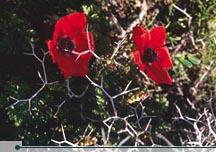





0 التعليقات:
Post a Comment